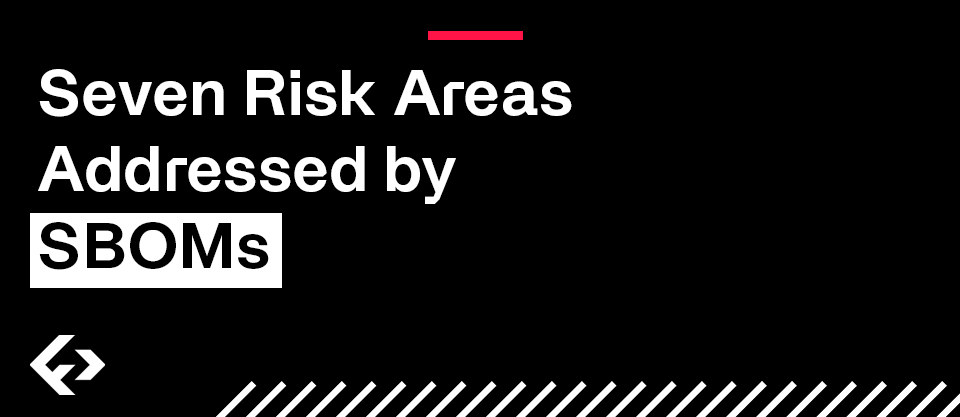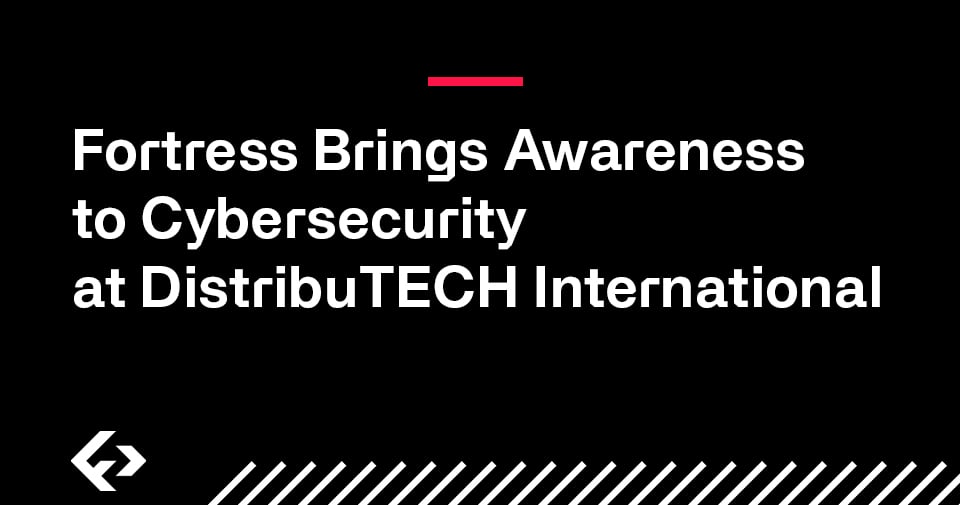-
-
Platform
- Fortress Platform
- Data Exchanges
- Trusted AI
-
Company
-
-
-
Commercial
- Industry Collaboration
- Solutions
- Industries
-
-
-
Government
-
© 2024 Fortress Information Security. All rights reserved






